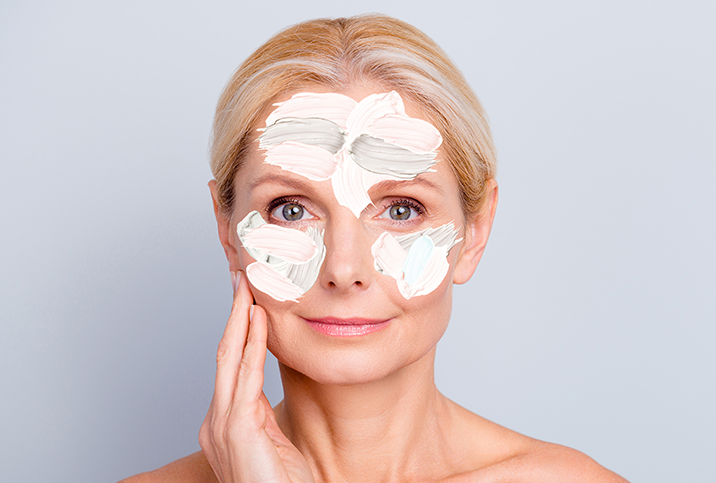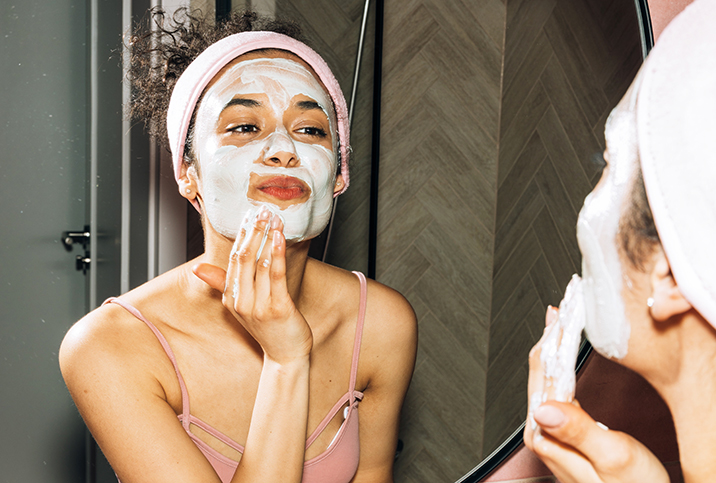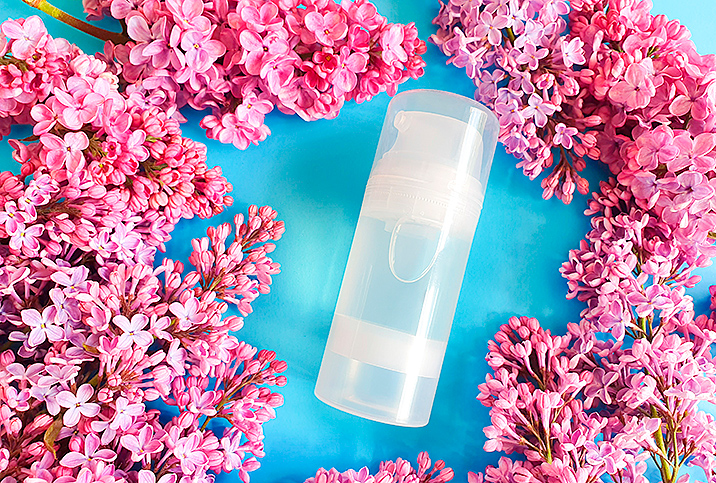The Facts About Layering Skincare Products

The one lesson you learn early about skincare products is that one size definitely does not fit all.
"Skin care changes from year to year and season to season for people," said Suzanne Friedler, M.D., a dermatologist based in New York City. "So the routine you have in the winter will not be the same routine you have in the summer. If you live in a dry climate, it's going to be different than if you live in Miami or a humid place. A skincare routine has to grow and change with you and your environment."
Understanding your skin type is crucial to developing a routine and ensuring you're using products correctly, according to Samantha Goldberg, a licensed cosmetologist in the New York metropolitan area.
"Sometimes, layering products without knowing your [skin] type can cause either no reaction, meaning you've overloaded the skin, or you have a reaction that may not be favorable," Goldberg said.
Furthermore, some products should not be used together because they either cancel each other out or irritate the skin by combining incompatible, strong active ingredients.
Understanding your skin type is crucial to developing a routine and ensuring you're using products correctly.
"Certain products cannot be blended nor infused into the skin often," Goldberg noted. "Meaning, maybe some of the items are stronger, which means you need to dedicate certain days or weeks for these items. They provide better benefits than using them every day.
"Please read the directions, whether you are a skincare professional or a client using these items at home," she continued. "There's a very good reason why certain products with ingredients that cause a reaction are only used at specific times."
Friedler echoed Goldberg's warning, saying if you combine multiple active ingredients, they may not work in harmony. Some need to be used in an acidic environment, and others may need more of a basic environment, therefore, they can't coexist.
"Also, you don't want to use contradictory things," Friedler explained. "If you have dry skin, you don't want to put on things that are going to overdry you. A lot of people think they need to use toner, and toner is one of those products that oftentimes is really unnecessary."
The ideal layering process
According to Friedler, the general rule of thumb for layering skin care is to work from the lightest product to the heaviest and always end the process with sunscreen during the day. With that in mind, a routine might consist of these five steps in this order:
1. Cleanser
Friedler said most people should start with a cleanser. In the winter, use something hydrating, such as a cleanser with glycolic acid, a humectant that attracts water molecules. It's important to make sure the facial skin is clean before applying any additional products, especially if you're going to wear makeup.
"In the summer or in a humid climate, you're more likely to use a cleanser with some salicylic acid in it, or a little bit of an acne cleanser," Friedler noted.
2. Serum and eye cream
"After your cleansing step, you want to go from your lightest products and your active ingredients touching the skin first," Friedler said. "Serums work well with both winter and summer because they're pretty light."
Friedler suggested using serums with vitamin C, hyaluronic acid and other antioxidants. Many eye creams also contain antioxidants and many of the same ingredients as serums, so apply them together for an efficient skincare step.
3. Retinoid
"If you're using something powerful like a retinoid, which could be tretinoin or retinol, it's a good idea to put on something under the retinoid so the retinoid can apply very smoothly," Friedler said. "This could be a light moisturizer or a serum."
Retinoids are derived from vitamin A, which promotes cell turnover, bumps up collagen, and has antiaging and anticarcinogenic properties. However, note that a vitamin C serum and a retinoid may not be good products to use together. Additionally, retinoid products are not generally recommended for pregnant people. Use a retinoid product one to two times a week until you know how your skin reacts, then increase the frequency as long as you don't experience irritation.
Friedler recommended using a retinoid product at night, as they can make the skin more sensitive to sun damage.
4. Sealant
A sealant can be a gel moisturizing cream or a fatty-based cream, according to Goldberg—basically, anything acting as the hydrating layer. This layer can be a light or heavy moisturizer depending on the time of year and the climate.
5. Sunscreen
Sunscreen should always be the last step in the process, whether it comes in the sealant step for people living in humid climates who may not have a skin hydration issue, or you're layering it on top of a hydration layer for the winter months or you're in a drier climate.
"I recommend wearing sunscreen year-round and I recommend an SPF 50 or higher because people never really put on the suggested amount on the bottle," Friedler said. "Finding a really great sunscreen is a super-important step because if it goes on cakey and white and thick, people are not going to want to use it. I like mineral sunscreen. The ones you can get from your dermatologist often combine antioxidants with your sunscreen, so it's fewer steps, and more steps aren't necessarily better."
Less is more
"It's the age of Instagram and it's the age of TikTok, where you have all of these influencers trying to tell you you need this super-complex routine, but in reality, if you have a really good cleanser, a really good moisturizer with sunscreen and a really good active ingredient to go underneath, that's really all you need," Friedler said.
The bottom line is to know what type of skin and skin issues you have and never use products that irritate your skin even if they are promoted as "must-have" products. Your job is to make sure you give your skin what it needs.
"The main goal of applying any products to the skin in the right order is to fix and enhance skin health," Goldberg explained. "You're basically addressing each portion of the face with what is needed to achieve the desired results. Remember, each product you use has a purpose."


















